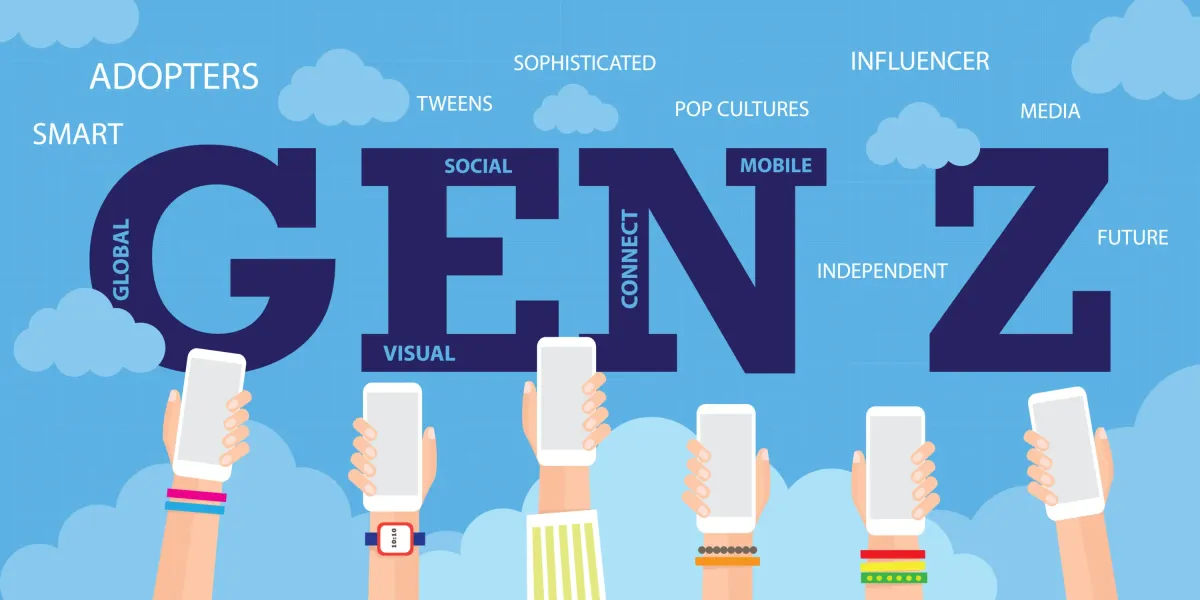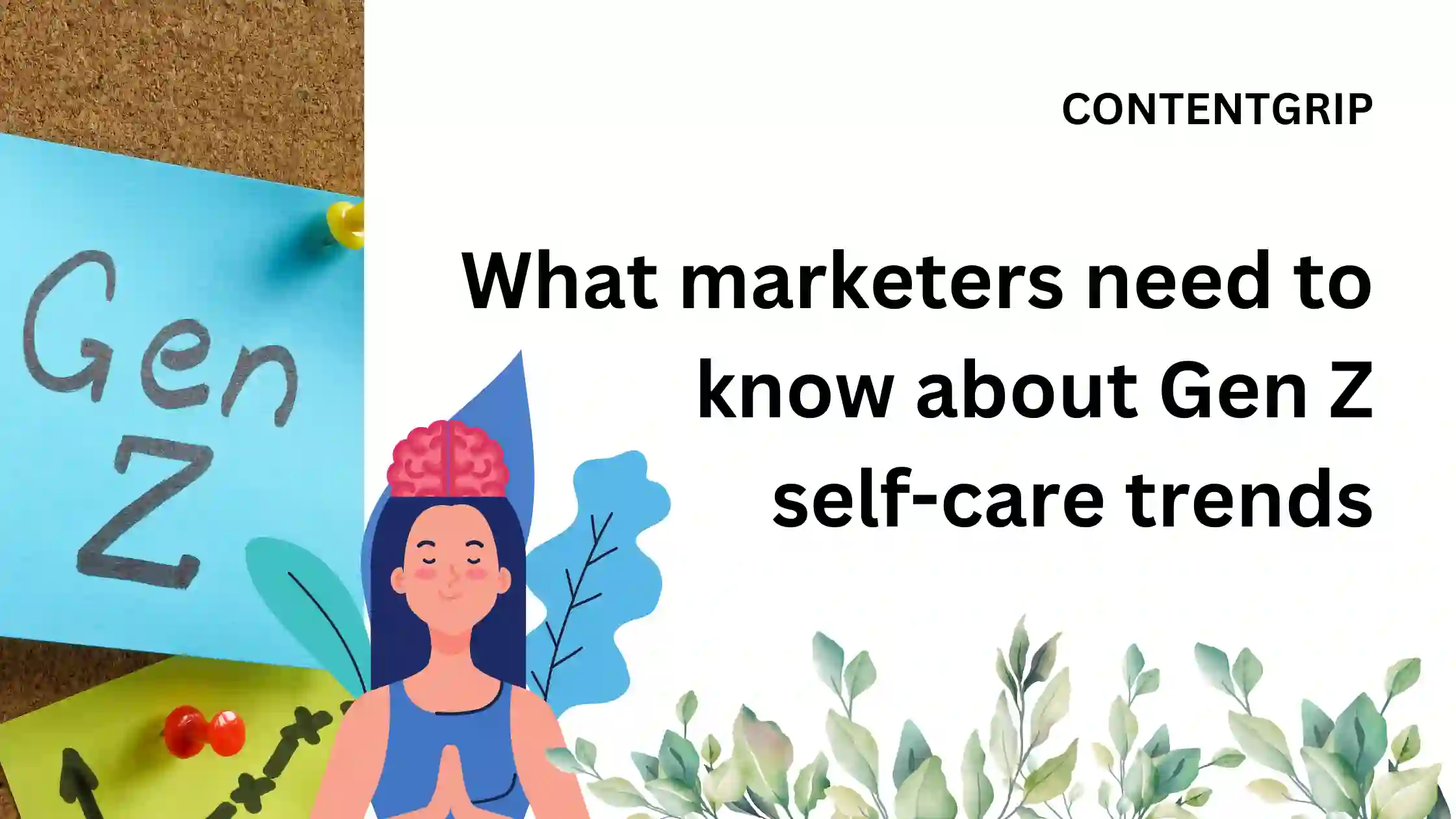Inside APAC's new luxury travel mindset
Marriott’s latest study reveals APAC’s affluent travelers are now prioritizing wellbeing, connection, and nature over extravagance

The days of champagne-soaked indulgence as the pinnacle of luxury travel may be fading—at least in Asia Pacific. A new report, titled “The international traveller” , from Marriott International’s Luxury Group reveals a major shift: 90% of high-net-worth travellers in the region now book with wellness in mind.
Based on responses from 1,750 affluent individuals across markets like Singapore, Australia, and Japan, the study maps a transformation in how luxury is perceived and experienced. Instead of chasing status symbols, APAC’s elite are seeking deeper meaning, personal renewal, and emotional connection when they travel.
This article explores how these evolving preferences are reshaping luxury tourism—and what marketers and hospitality brands need to know to stay relevant.
Short on time?
Here’s a table of contents for quick access:
- Wellness is now non-negotiable
- Family, nature, and familiarity dominate spending priorities
- Emerging traveler types brands can’t afford to ignore
- What marketers should know

Wellness is now non-negotiable
Wellness isn't just a hotel amenity anymore—it’s the core reason for travel. While traditional spa and detox retreats still draw interest, affluent travellers across APAC are looking for broader, more immersive wellness experiences.
Think sleep therapies, forest immersions, and sound healing.
Asia is holding strong as the global hub for wellness tourism, with over a quarter of respondents planning a dedicated retreat in the region. This signals an opportunity for travel brands to rethink their offerings—curated wellness packages, local cultural tie-ins, and bespoke itineraries are increasingly expected, not optional.

Family, nature, and familiarity dominate spending priorities
Travellers are also opening their wallets wider. About 72% plan to increase their luxury travel budgets over the next year—especially those in Australia, Indonesia, and Singapore.
But it’s not about splurging for splurging’s sake. Nearly half said they’re most willing to spend big on family trips, indicating a demand for multi-generational and memory-making experiences.
And while wanderlust persists, so does emotional loyalty. An overwhelming 93% prefer to revisit places they love, and 89% actively seek destinations where they feel a personal connection. These aren’t repetitive vacations—they’re rituals of meaning.
At the same time, nature is becoming luxury’s new playground. With 92% prioritizing proximity to nature, the industry is seeing a sharp rise in countryside escapes and wildlife safaris. Long gone are the days when luxury only meant urban five-star suites.
Emerging traveler types that brands can't afford to ignore
Marriott’s study also sheds light on evolving traveller personas.
1. Guardian trailsetters
These are solo parents who now account for 24% of HNW travellers—are on the rise. They gravitate toward enriching, value-driven experiences, such as religious festivals and educational trips.
2. Impact explorers
They are largely Gen Z who are rewriting what youthful affluence looks like.
Their wishlist? Nature, local culture, and active adventure. Though 31% explore alone for self-discovery, smaller group travel remains preferred.
3. Venture travelists
Venture travelists love blending business with pleasure. In 2025, a whopping 86% expect to explore investment or work opportunities while abroad, up from 69% the year before. For brands, this opens doors to create crossover travel products that cater to both professional and personal needs.
What marketers should know
Here’s how to respond to the new APAC luxury travel mindset:
1. Rethink what “luxury” means in your marketing
Affluent travellers are looking for personal growth, not gold-plated minibars. Messaging should reflect purpose, emotion, and connection—not just premium perks.
2. Prioritize family-focused and wellness-first content
If your product or property supports family travel or holistic wellness, spotlight it clearly. These are now top-tier motivators for travel decisions.
3. Build loyalty through storytelling and community
Revisiting familiar places is an emotional decision. Brands can lean into this by sharing stories of community connection, returning guests, or local partnerships.
4. Segment your audience with updated personas
Guardian trailsetters, Gen Z explorers, and business-leisure travellers each demand a different approach. Consider audience-specific journeys when designing offers or content.
5. Prepare for longer booking cycles
Travellers are planning months ahead—some up to a year. This calls for updated funnel strategies, extended nurturing, and personalized follow-ups.
Luxury travel in APAC is undergoing a reset. The new high-end isn’t about status—it’s about meaning.
Brands that align with these emerging values—wellness, connection, nature, and family—will be best positioned to capture the hearts (and wallets) of Asia’s affluent explorers in 2025 and beyond.





